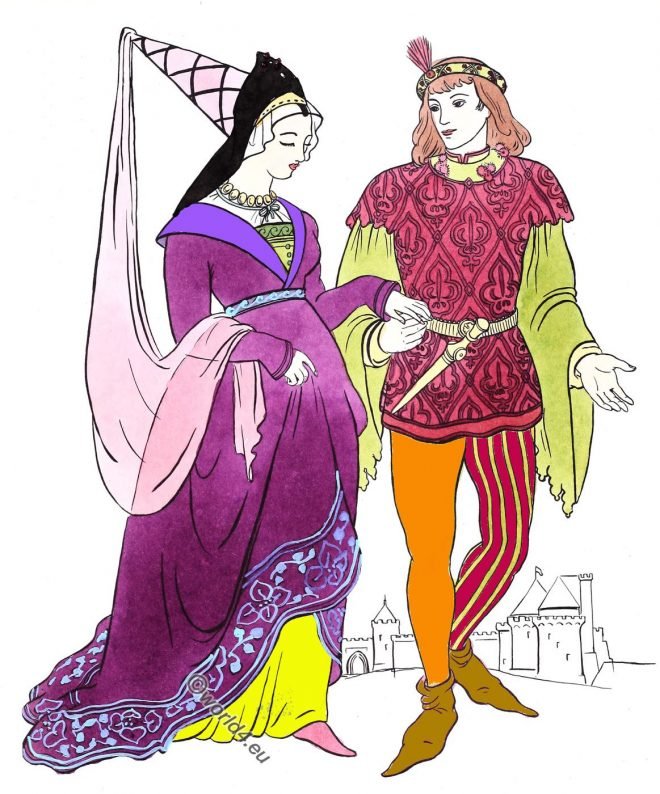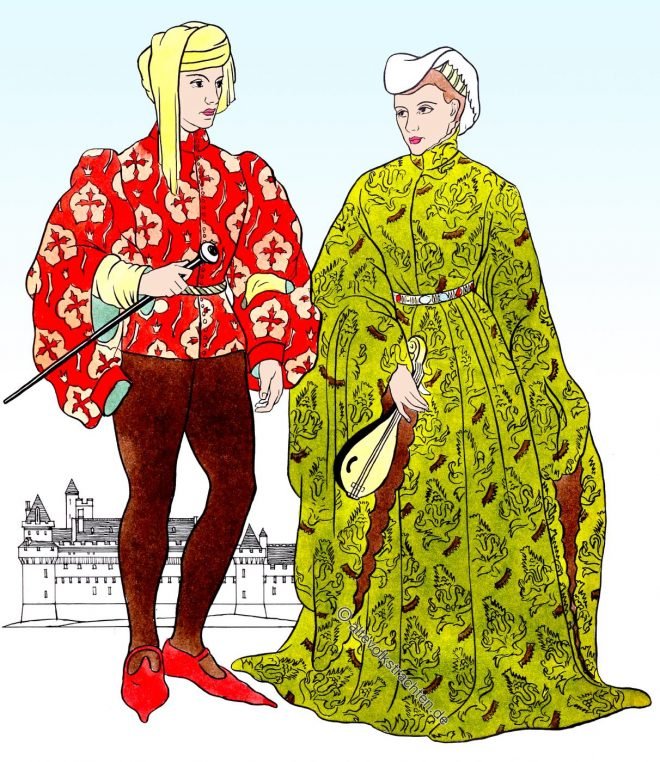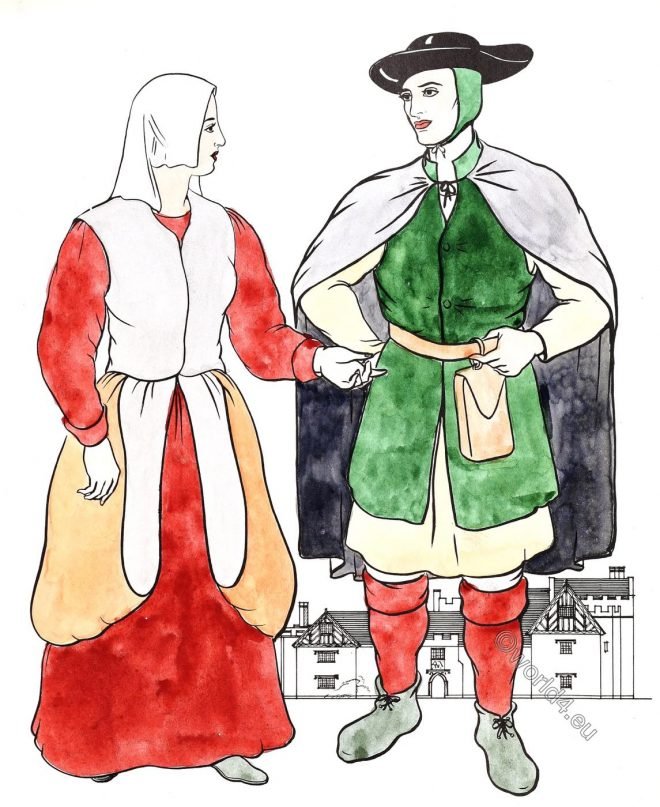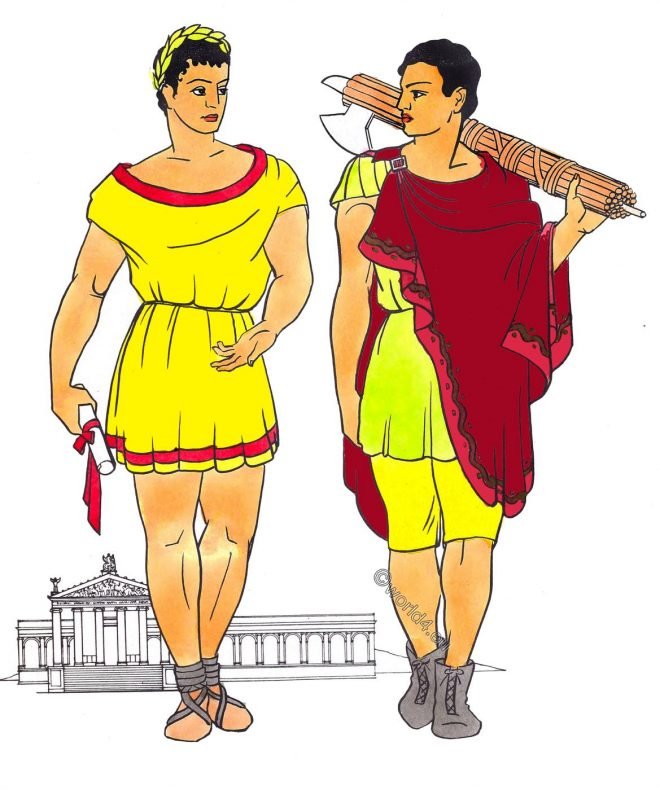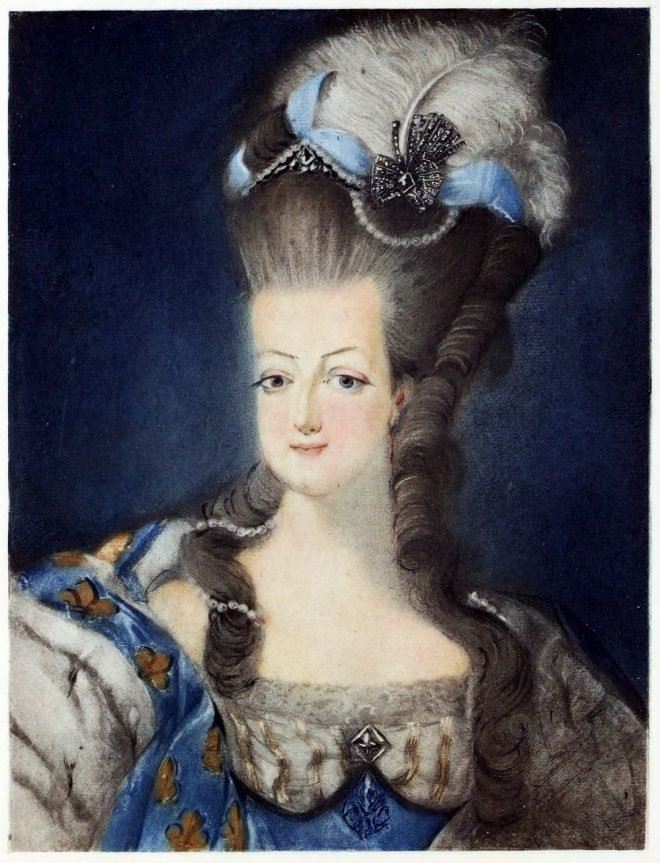The two people in this plate lived very late in the 14th Century and were probably young fashionables who were up to the minute in their styles.
Tag: Pictorial
Byzantium. Costumes of the Eastern Roman emperor and empress.
History of Costume. Byzantium. 400 – 1100 AD. Costumes of the Eastern Roman emperor and empress.
Cotehardie and houpelande in the 15th century. Middle Ages.
The cotehardie has adopted its main characteristics from the houppelande. The doublet or gipon. Fashion history. Burgundy 15th century.
England Tudor. The peasants’ dresses during the reign of Henry VIII.
England Tudor. Peasant clothing from 1500 to 1550, during the reign of Henry VIII. Renaissance 16th century. History of costume.
The toga of a Roman senator. The armor of a Roman general.
Costume of the Roman Empire 31 B.C.- 476 A.D. The figure symbolizes the two characteristics that made Rome great statesmanship and military power
The usual Roman garment during the Republican Rome.
Rome during the height of its culture. Roman Republic. 500 B.C. – 30 B.C. The toga. The tunica. The abolla.
The costume of the Roman women. Republican Rome.
Republican Rome 500 BC – 30 BC.. The costume of the Roman women are very much like the Greek dress.
Roman Republic. Senator in the toga. A commoner in the paenula.
Roman Republic 500 BC. – 30 BC. A senator’s toga. The Paenula. A stripe, or clavis, down the center of the tunic, marks the wearer as a senator.
The early toga. Former roman clothing. 700 BC. – 500 BC.
The early toga. This earliest model is probably the shortest and widest example of the semicircular or half-moon-shaped togas.
Marie-Antoinette as Dauphine and as Queen of France.
Marie-Antoinette as an example of elegance and extravagance.Rococo the period of the gallantry.

